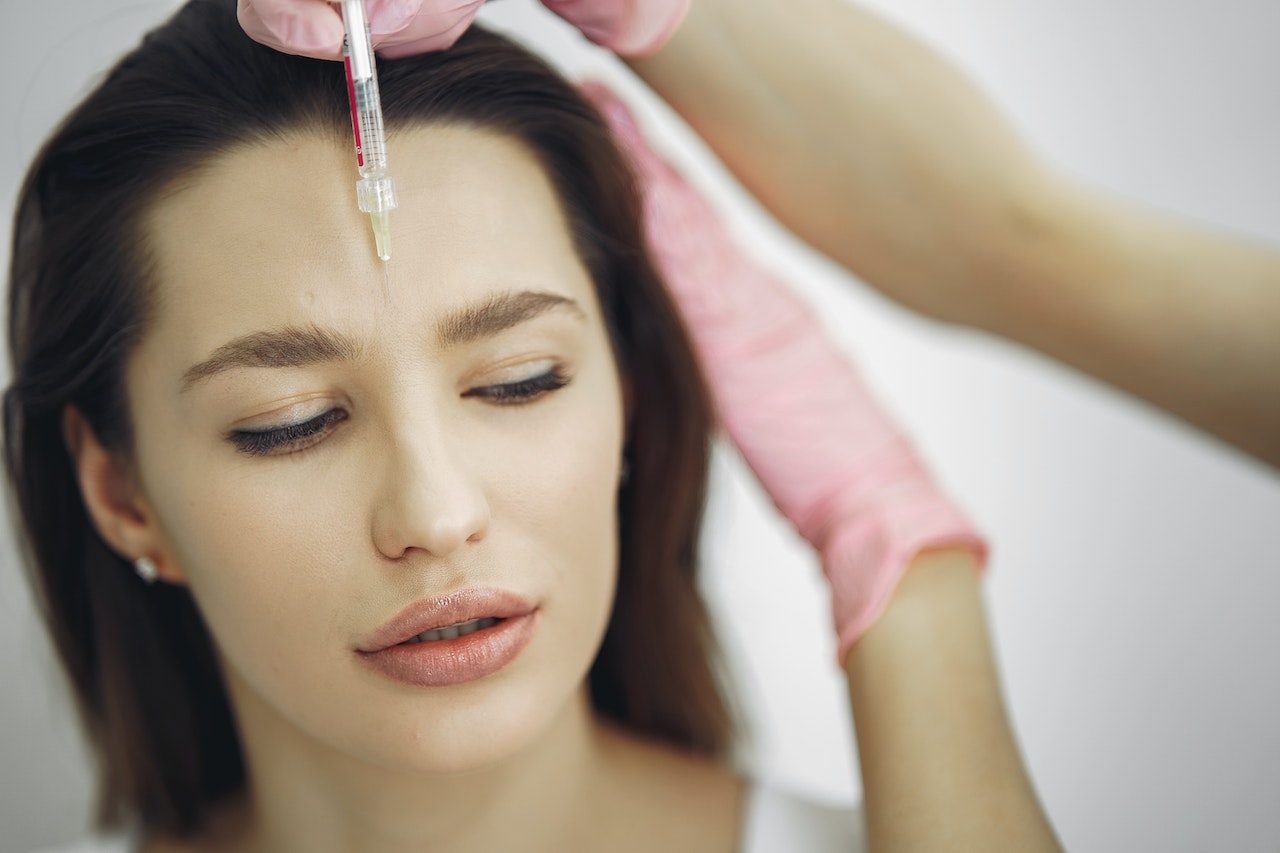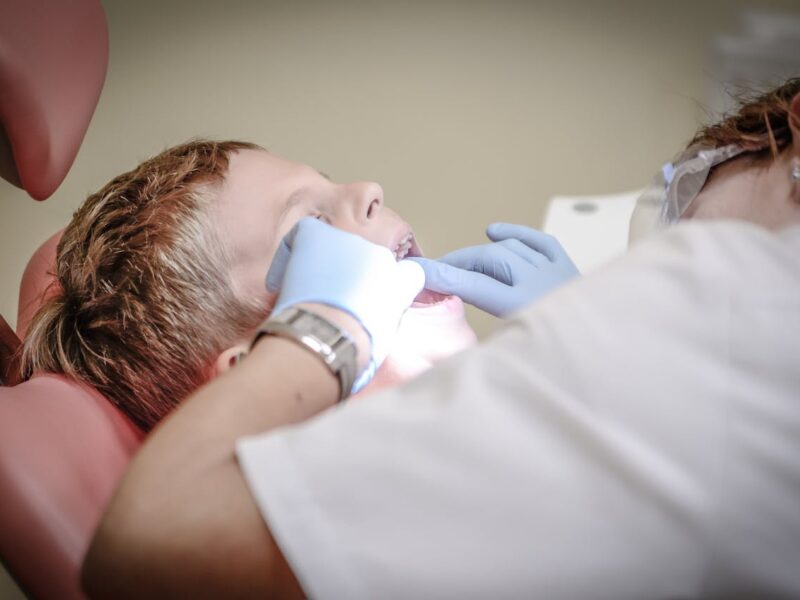Every smile, frown, and squint can result in those tiny lines known as crow’s feet. Botox and dermal fillers can both help reduce their appearance.
Botox is one of several neuromodulators that contain purified bacteria that freeze muscles. It reduces dynamic wrinkles from facial expressions and can treat health conditions like migraines and chronic pain.
Contents
What are Dermal Fillers?
Dermal fillers are an injectable cosmetic treatment that helps plump and define areas of the face. They use various materials, including synthetic and natural (from the body) substances. They may also be derived from animal products.
There are several FDA-approved dermal fillers, including hyaluronic acid, polyalkylide, polylactic acid, calcium hydroxylapatite, and bovine collagen. The results from these fillers last for a few months to two years.
Choosing a qualified medical professional for any cosmetic procedure, including fillers and Botox, is important. A board-certified dermatologist or Bellevue plastic surgeon with experience in these treatments can evaluate your face and determine your best option.
It’s also a good idea to check the practitioner’s certification status, as the FDA warns against buying non-FDA-approved fillers online that can be injected with dangerous substances and infections. You can also find out if they belong to a register of practitioners who meet specific training, skill and insurance standards.
What are the Benefits of Dermal Fillers?
Dermal Fillers help minimize lines, wrinkles, and crepey skin. They also help increase collagen and elastin production for long-term results. Dermal fillers are non-invasive and don’t require downtime. They’re safe and effective when performed by a qualified practitioner who has completed extensive training and is registered.
Before a treatment, your healthcare provider will clean your face and may apply an anesthetic cream to numb the area. A thin needle is then used to inject the fillers under the skin. It usually takes only 10 to 20 minutes to complete the treatment.
Most dermal fillers use hyaluronic acid, which naturally occurs in your skin. This makes the results feel and look natural, so your close family members won’t know that you had work done. They typically last six months to a year, and then your body slowly resorbs them. The good news is that you can have them topped up periodically to maintain the results.
What are the Side Effects of Dermal Fillers?
Dermal Fillers smooth wrinkles and add volume to sagging skin. Like all cosmetic procedures, they carry risks. Talk to your professional about the products they use and how much experience they have. Look for a reputable source that uses only FDA-approved, medical-grade fillers that are not likely to contain ingredients you are allergic to.
Bruising, swelling and redness are common after injections. These effects are temporary and usually resolve within a few days.
Botox blocks nerve signals in the targeted muscles, causing them to relax and soften or even disappear. Occasionally, this can cause a drooping of the eyelid (ptosis).
What are the Differences Between Botox and Dermal Fillers?
Botox and dermal fillers are both popular injectable cosmetic treatments that can reduce fine lines and wrinkles. Both treatments are safe and effective when performed by an experienced clinician. However, some differences between Botox and dermal fillers should be considered before deciding which treatment is right for you.
Botox works by freezing facial muscles so they can’t wrinkle the skin, while dermal fillers add volume to the face to minimize signs of aging. Both treatments can be used in conjunction to achieve your desired results.
Whether you are dealing with crow’s feet, wrinkles in the forehead, or laugh lines, these treatments can help you look younger and more refreshed. However, discussing your expectations with an experienced clinician is important to ensure these procedures are right for you. In addition, Botox and dermal fillers are not recommended for pregnant or breastfeeding women.



